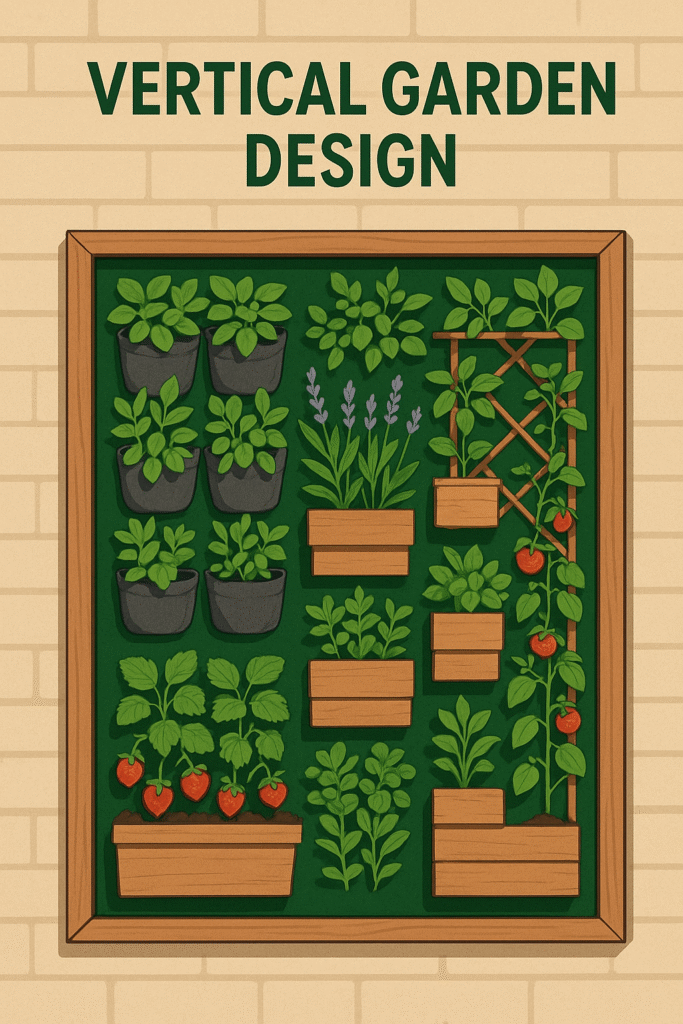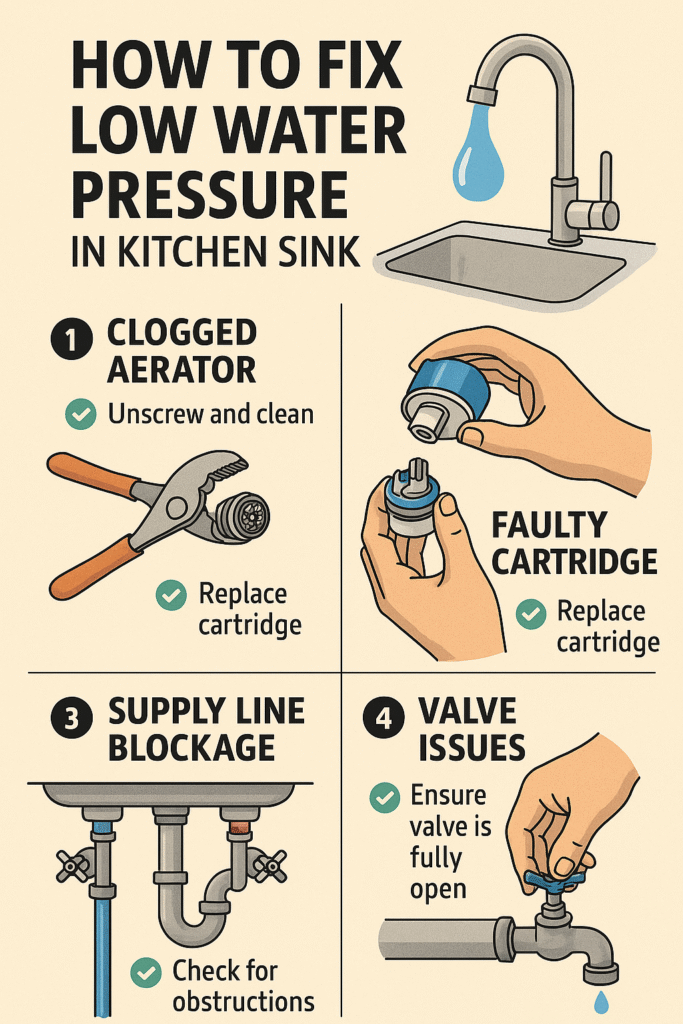The Rise of Vertical Gardening: Why Small Spaces Go Tall
Urban living often means sacrificing green space—but it doesn’t mean…
Urban living often means sacrificing green space—but it doesn’t mean giving up gardening. Vertical gardening is the savvy solution for apartment dwellers, balcony dreamers, and anyone with more passion than square footage. Instead of spreading out, you grow up.
“I never imagined I could have tomatoes and basil growing just outside my 4th-floor kitchen window,” says Lea M., a Berlin-based graphic designer. “But now, my tiny balcony feels like a mini jungle.”
The Science Behind Vertical Success
Plants, like humans, need four key things: light, water, nutrients, and space. Vertical gardening leverages microclimate optimization and gravitational watering to make the most of limited resources.
Key Scientific Benefits:
Increased airflow helps reduce fungal diseases.
Improved sun exposure ensures even light distribution across all plants.
Soil efficiency: Smaller amounts of high-quality soil can be strategically placed.
Water trickle-down systems can reduce waste and increase hydration efficiency.
According to a 2023 study from the University of Tokyo, vertical gardens showed 27% faster plant growth compared to traditional flat pots in low-light environments, thanks to better orientation toward available light sources.
What You Can Grow Vertically (Spoiler: More Than You Think!)
You’re not limited to succulents and ferns. Many vegetables, herbs, and even fruits thrive vertically.
Top Picks for Vertical Success:
Leafy greens: Spinach, lettuce, Swiss chard
Climbers: Tomatoes, cucumbers, peas, beans
Herbs: Basil, parsley, mint, rosemary
Strawberries: Perfect for vertical pouches or stacked pots
Ornamentals: Ivy, pothos, morning glory, nasturtiums
Pro Tip: Use companion planting—like basil with tomatoes—for natural pest control and better flavor.
Designing Your Vertical Garden: Fun Meets Function
There’s more than one way to climb. Whether you’re a DIYer or prefer to click and order, vertical systems can be built from almost anything:
Wooden pallets repurposed into wall-mounted planters
Hanging shoe organizers for herbs
PVC pipe towers for strawberries or lettuce
Stackable pots that spiral upward
Living walls (modular panels with built-in irrigation)
Aesthetic note: Use plants with varied textures and colors to create a living art piece. Mix cascading vines with upright growers for a dynamic look.
Maintenance: Keep It Simple, Keep It Green
Vertical gardens may look fancy, but they don’t have to be high-maintenance.
Vertical Garden Care Tips:
Water from the top and let gravity do the rest
Use slow-release fertilizers to avoid overfeeding
Rotate your plants monthly for even light exposure
Check for pests often—they love cozy corners
Prune regularly to keep growth lush but manageable
“My vertical herb wall has made cooking more fun and saved me trips to the store,” shares Marcus T., a Toronto-based chef. “It’s sustainable, and it smells amazing.”
Why Vertical Gardening Is More Than Just a Trend
It’s sustainable. It’s efficient. And yes—it’s Instagrammable. But more importantly, vertical gardening brings mental and physical health benefits backed by science:
Biophilic design (bringing nature into your living space) has been shown to reduce stress and improve cognitive function.
Growing your own food reduces carbon footprints and packaging waste.
Urban gardens contribute to biodiversity and pollinator support, even in high-rise neighborhoods.
Final Thoughts: Green Is the New Up
Don’t let square footage limit your botanical dreams. With vertical gardening, small spaces become sanctuaries. Whether it’s a lush herb wall in your kitchen or a balcony bursting with blooms, going vertical proves that good things really do grow in small packages.





